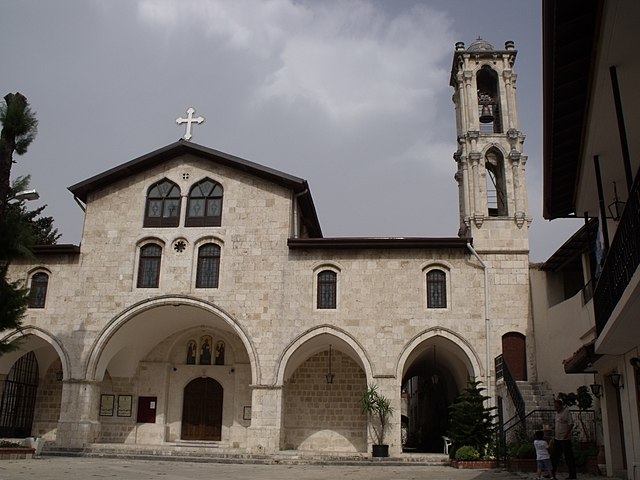Alalakh is an ancient archaeological site approximately 20 kilometres (12 mi) northeast of Antakya in what is now Turkey's Hatay Province. It flourished, as an urban settlement, in the Middle and Late Bronze Age, c. 2000-1200 BC. The city contained palaces, temples, private houses and fortifications. The remains of Alalakh have formed an extensive mound covering around 22 hectares. In Late Bronze Age, Alalakh was the capital of the local kingdom of Mukiš.
Archaeological site of Alalakh (Tell Açana)
Fugitive slave treaty between Idrimi of Alalakh (now Tell Atchana) and Pillia of Kizzuwatna (now Cilicia)
Three jars from Alalakh, Level VII, British Museum
Atchana-Nuzi ware bowl found in Alalakh. From Levels III-II, Late Bronze Age, circa 1370-1270 BC. According to the excavator L. Woolley, this represents a locally produced variant of Nuzi ware, first recognized at the site of Nuzi in Iraq. Characteristic of the Atchana ware are the floral designs, not found in the Nuzi ware. British Museum
Antakya, modern form of Antioch, is a municipality and the capital district of Hatay Province, Turkey. Its area is 703 km2, and its population is 399,045 (2022). It is the capital of Hatay Province, the southernmost province of Turkey. The city is located in a well-watered and fertile valley on the Orontes River, about 20 kilometres (12 mi) from the Levantine Sea.
Image: Antakya view 3
Image: Antakya Ulu Cami 7316
Image: ANTAKYA EYLÜL 2011 panoramio (1)
Image: Church Saint Peter Antakya








